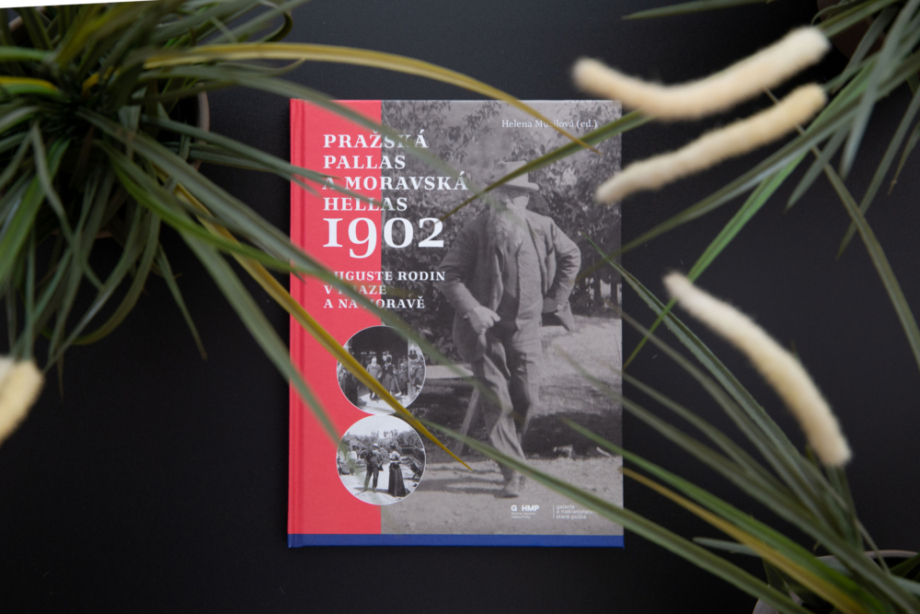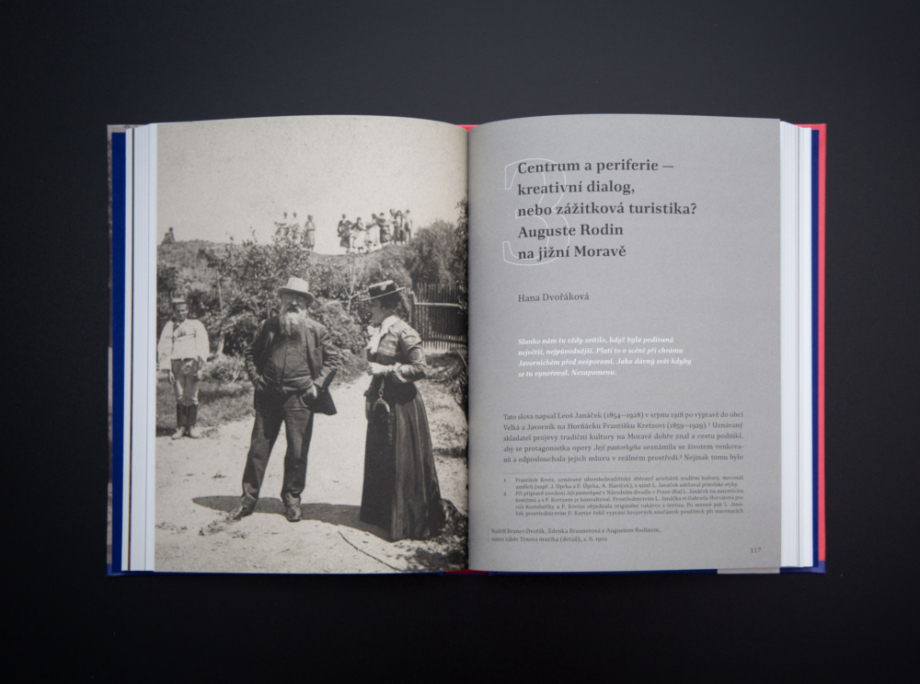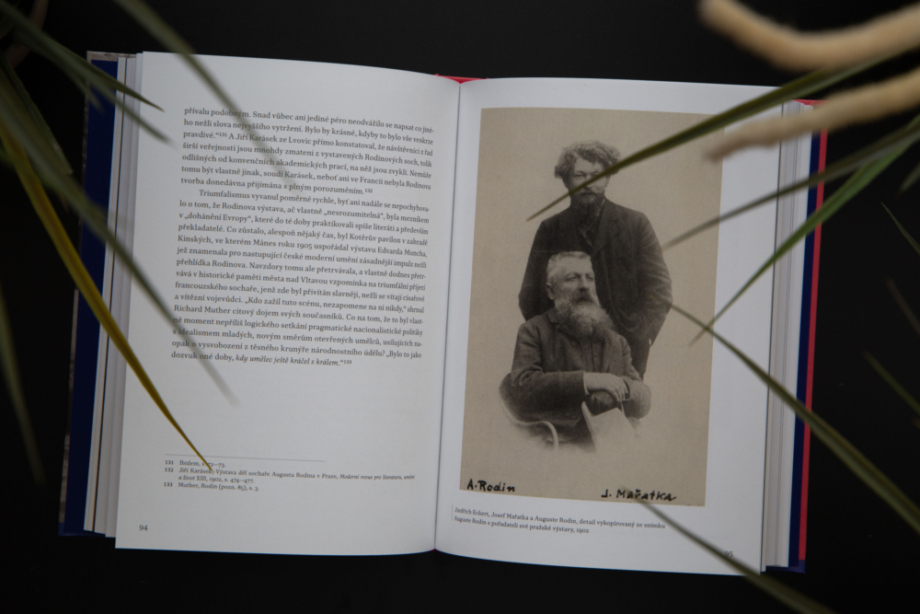Prague Pallas & Moravian Hellas 1902: Auguste Rodin in Prague and Moravia
Author: multiple authors
Bookshop in the GHMP Zvon
Bookshop in the GHMP Dům fotografie
Bookshop in the GHMP Knihovna
Price: CZK 549
Publisher: Galerie a nakladatelství Stará pošta
Year of publication: 2023
Number of pages: 223
Size: 185 × 245 mm
Language: in Czech
ISBN: 978-80-908084-3-0, 978-80-7485-268-8
Editor: Helena Musilová
Texts: Hana Dvořáková, Magdalena Juříková, Helena Musilová, Vít Vlnas
Photos: Rudolf Bruner-Dvořák, Oto Palán, Hana Hamplová, Archiv hlavního města Prahy, Galerie KODL, Národní galerie v Praze, Moravské zemské muzeum v Brně, Galerie hlavního města Prahy, Středočeské muzeum v Roztokách u Prahy, Galerie výtvarného umění v Hodoníně, Sbírka Scheufler, Miroslav Potyka, Hana Dvořáková, Josef Fantura–GVU Hodonín
Odpovědná redaktorka: Kateřina Mikšová
Translation from English: Štěpán Kaňa
Basis for maps: Ivo Habán
Graphic design: Jiří Mičkal
Print: tiskárna Helbich, a. s.
In 1902, the French sculptor Auguste Rodin visited Prague and Moravia. This trip, associated with his largest exhibition abroad at the time, it was important not only for the sculptor himself but also for the indelible traces he left at the place he visited. It was significant for the generation of painters and especially sculptors of the time, for whom it helped to clarify the path towards a modern artistic direction, while it also foreshadowed the future orientation of the art scene towards French art. On the other hand, from what the artistic and social elite of the time considered important to show to this important visitor, we can also deduce essential information about the priorities and character of the era.
The exhibition and publication project, prepared in collaboration between the Prague City Gallery, the Ethnographic Institute of the Moravian Museum in Brno and the Gallery of Fine Arts in Hodonín, will for the first time systematically address the “accompanying programme” that was prepared for Rodin.
Based on a new study of archival sources, i.e. magazines, correspondence, personal archives, etc., it will try to outline the reasons why – and this is one of the main themes of the book – August Rodin came to Moravian Slovakia, where he visited the Exhibition of Slovak and Moravian Artists in Hodonín and where an almost all-Moravian-Slovak festival took place on the occasion of his visit (“Near the villages we passed through, the village official representatives, school children, dressed-up girls and perhaps even the whole village were waiting.” Lidové noviny daily, 3 June 1902). The whole “festival” was an artificially prepared event made by request, unrelated to any specific events in rural life, such as holy days or other church festivals.
#Books #Printed to purchase



